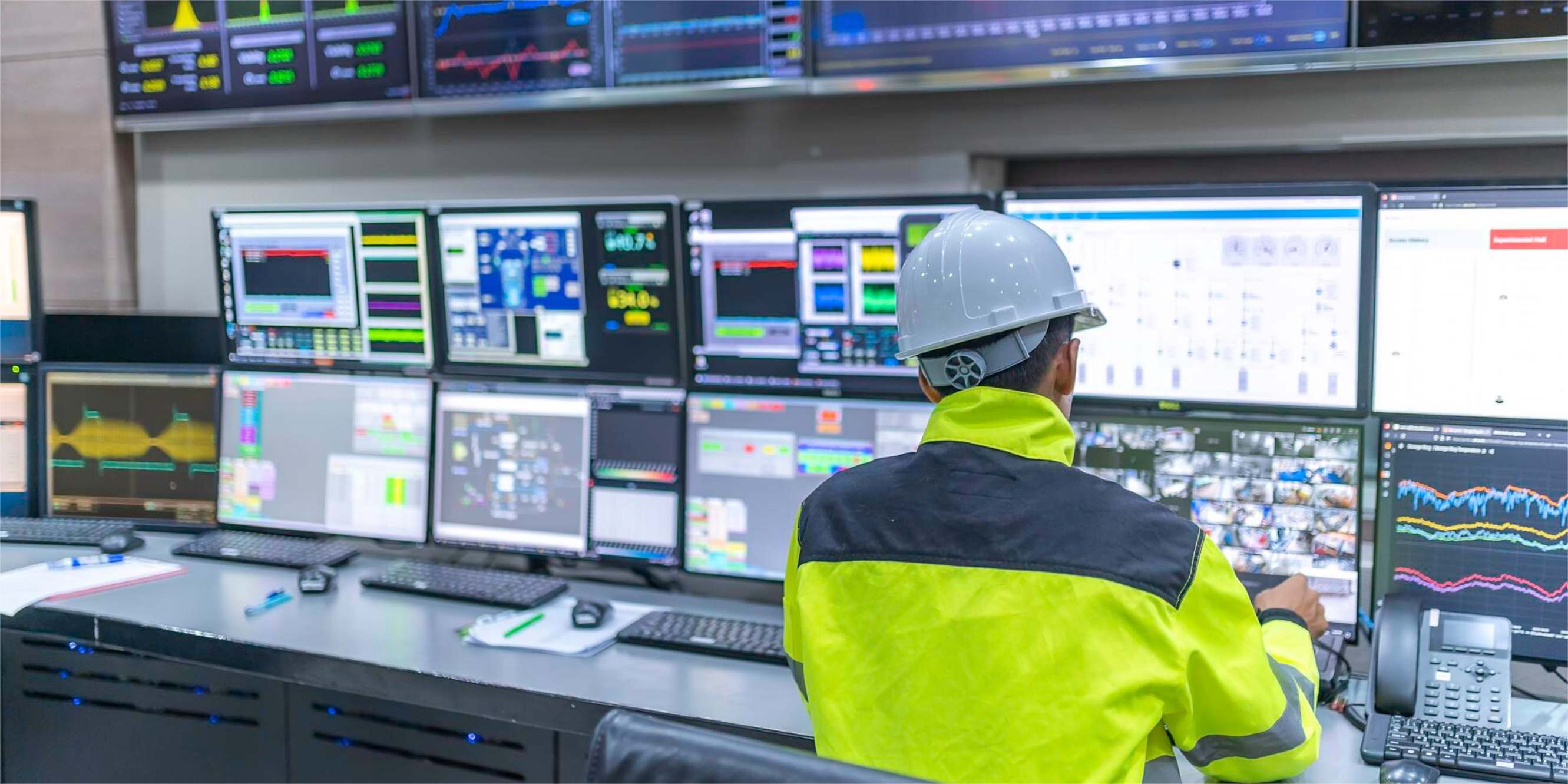Safety is a matter of great importance in warehouses, both due to the necessary and mandatory care for the integrity of employees executing their work, as well as concerning the merchandise itself.
Establishing proper security measures reduces risks, and for this, some prevention obligations are required by the normative, both for employers and managers, and for warehouse workers themselves.
However, particular usual risks of the tasks carried out in each warehouse must be identified, and periodic monitoring plans established to keep those risks at bay. In other words, preventive security must be applied in the warehouse, taking into account current regulations and ergonomic recommendations.
The most common risks in warehouses are related to:
- The type and size of the stored products
- The handling system (manual or automated)
- The type of warehouse (indoor or outdoor), and the type of shelves
Likewise, the preventive means and materials required for work safety will depend essentially on the type of the company's operations, the working conditions, the location and the size of the company.
Warehouse safety premises
Firstly, warehouses need to cover some basic conditions to ensure safety, such as:
✔ Good ventilation and lighting.
✔ Location signaling and easy access to fire extinguishers.
✔ Emergency exits signaling, which should be kept always clear.
✔ Aisles wide enough to facilitate merchandise transport and handling.
✔ Reduction of crossing aisles to avoid crashes.
✔ Exclusive routes for staff displacement.
Along with this, there must be good danger communication, that is, an effective written risk communication system. For example, if warehouse workers are exposed to hazardous chemicals, they need to be aware of it and know how to protect themselves.
As well as an Emergency Action Plan (EAP), that is, a detailed plan describing the measures the warehouse employees must take in case of emergency situations (for example, a fire).
Preventive measures to reduce risks
To avoid accidents, mobility, signaling and organization rules must be followed. In the case of warehouses, it mainly regards to the handling of objects, the use of heavy machinery for this purpose, the allowed speed, the placement of products (especially heavy ones, or chemical products that can cause fire or other types of accidents), and the entrance/exit monitoring.
In addition, depending on the activities of the warehouse, it is convenient to implement protocols and good practices to avoid:
☞ Tumbles, slips and falls
☞ Injuries and burns from chemicals
☞ Ergonomic injuries (for example, due to incorrect common movements.
☞ Injuries from lifting heavy objects
☞ Injuries related to the use of fixed and mobile stairs ☞ Injuries related to transport trolleys
☞ Injuries and accidents when loading and unloading
☞ Head injuries (mainly due to falling objects from high places)
☞ Injuries caused by landslides or collapses
☞ Collisions or blows with mobile/immobile objects
☞ Run overs
☞ Trapping
☞ Cuts
☞ Unprotected contact with electricity
☞ Fires
☞ Explosions
☞ Freezing
According to experts, other measures that should also be adopted can be included in these two categories:
Prevention and staff training
It is necessary to educate and motivate workers on the importance of safe operation of the shelves and facilities in general; train staff in fire prevention tasks and fast fighting against it, as well as create and monitor protocols for the identification of irregularities.
Maintenance and monitoring
It is important to carry out a daily visual inspection to identify faults, as well as another weekly inspection to verify the proper verticality of the shelves and other structures, and a monthly inspection to also verify organization and cleanliness. In addition, it is convenient to have an organized system to follow up on reported incidents.
All warehouse aspects and areas must be considered, and everyone working in it must be forced to comply with the established prevention measures so as not to put their physical integrity at risk.
Finally, occupational safety means workers are properly protected and the chances of suffering any harm during work time is reduced to a minimum. Also, once accidents are avoided, the entire chain benefits from it.
At Solistica, we maintain protocols to keep our clients' merchandise safe, and we consider their assets as a priority in our operation, by following international labor standards for better protection.
%209.07.45.png)


